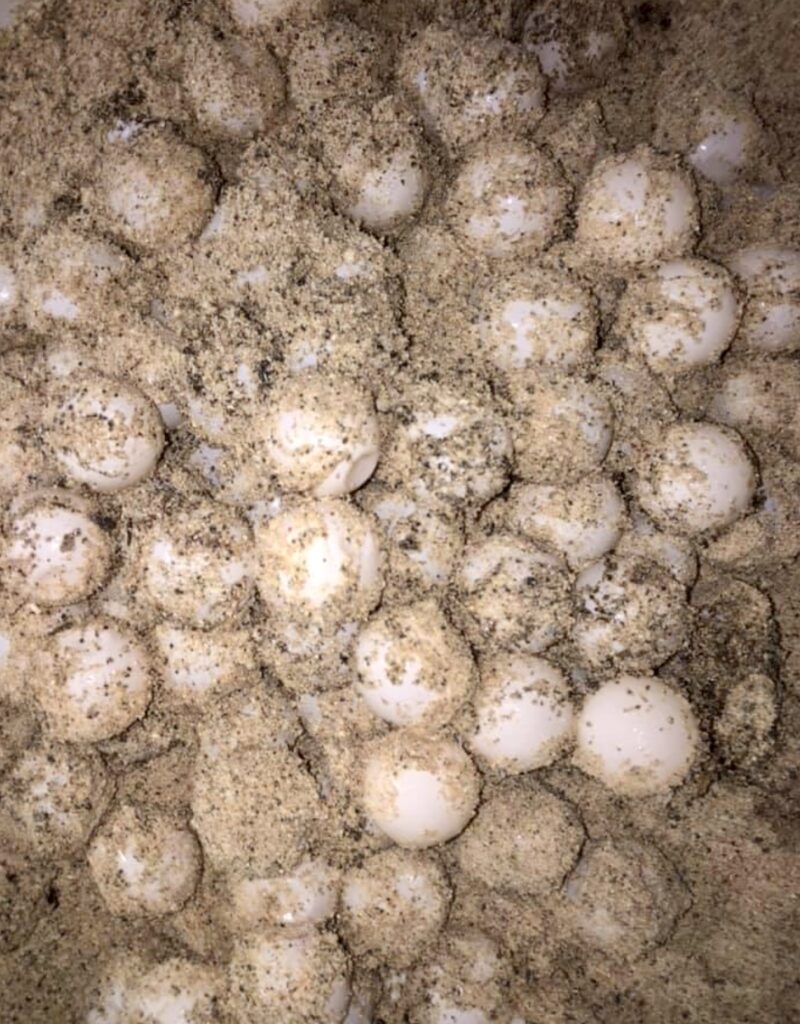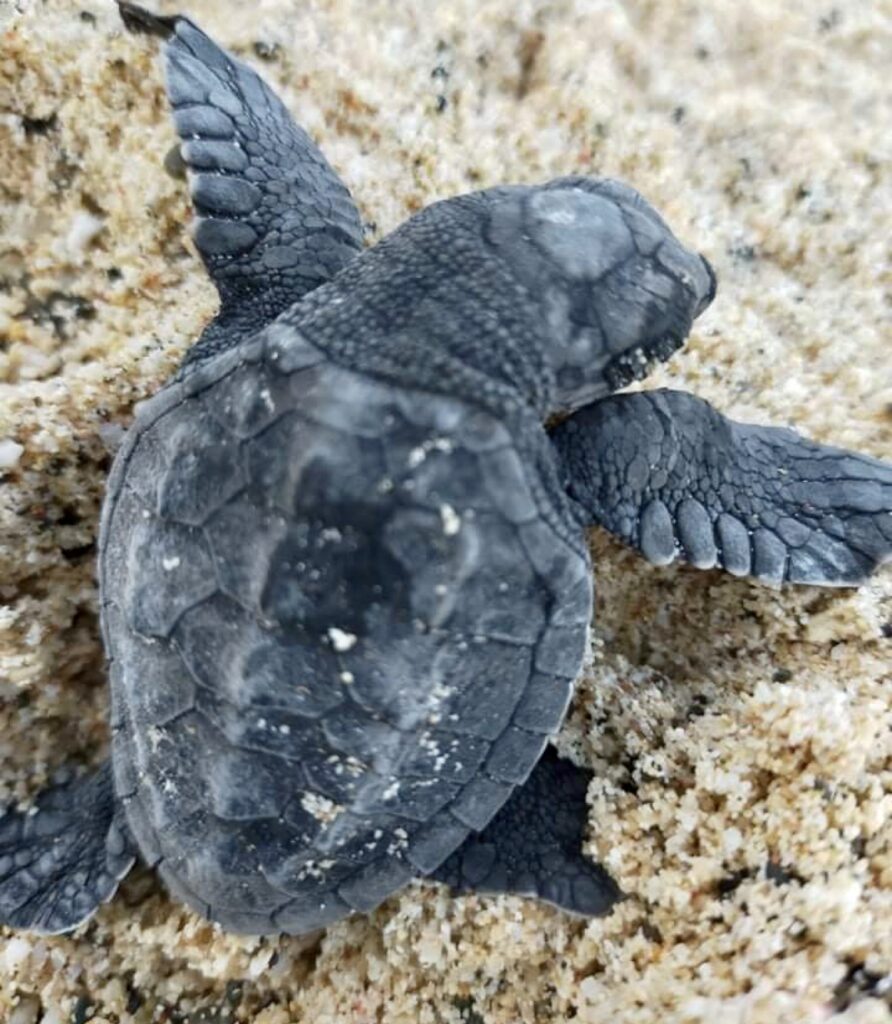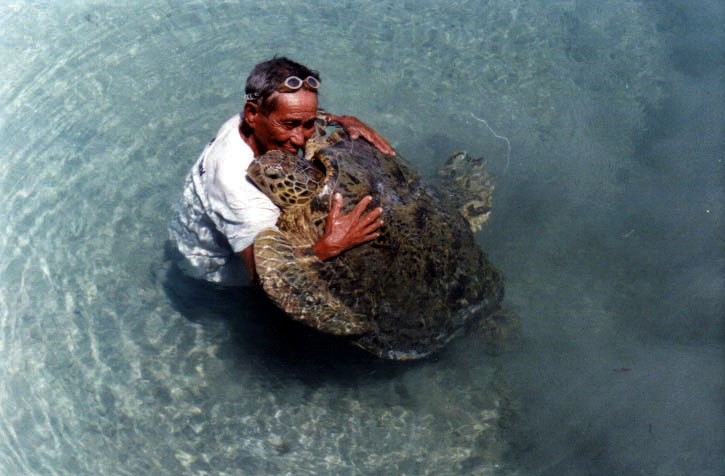Text and Photo by Henrylito D. Tacio
Additional Photos by Winston Plaza
Last May 22, World Turtle Day was commemorated. Sponsored annually since 2000 by American Tortoise Rescue, it “brings attention to, and increases knowledge of and respect for, turtles and tortoises, and encourages human action to help them survive and thrive.”
As Callie Veelenturf, marine conservation biologist and Lenovo innovator, put it: “(It) is a moment in time to commemorate the diverse existence of both terrestrial and marine turtle species and an opportunity to draw attention to threats facing their survival.”
The first turtles evolved over 300 million years ago, and many species have come and gone since their first appearance in the fossil record. Today, these marine species are facing extinction.
There are only eight species of marine turtles known. All of them are listed under Appendix I of the Convention on International Trade of Endangered Species of Wild Fauna and Flora (CITES), which means the trade of these species and subspecies is strictly “prohibited except for educational, scientific or research and study purposes.”
The Conservation of Nature and Natural Resources (IUCN) has also classified the eight species as endangered. This is so because “their populations are in danger of extinction and whose survival is unlikely if the causal factors continue to operate.”
Of the eight species of marine turtles, five of them can be found in the Philippines, mostly in the Turtle Islands. These are the Green Sea (known in the science world as Chelonia mydas), Hawksbill (Eretmochelys imbricata), Loggerhead (Caretta caretta), Olive Ridley (Lepidochelys olivacea), and Leatherback (Dermocheyls coriacea). The three other species are the Kemp’s Ridley (Lepidochelys kempi), Flatback (Chelonia depressa), and Black Sea (Chelonia agassizi).

Pawikan eggs 
Baby marine turtle crawling
Of the five species, the Green Sea turtle is the most abundant. They have been sighted as far north as the Fuga Islands in Cagayan and in the Southwest in Bancuran, Palawan. Because of its tasty meat, it is also the most threatened. The Green Sea turtle has a pair of prefrontal scales on its head and a claw on each of its fore flippers. Although brown in color, it grows up to about a meter long and weighs up to as much as 150 kilograms. This marine turtle got its name from the green fat found inside its body. It stores the fat from its diet of seagrass.
The Hawksbill turtle is considered the most beautiful of all sea turtles. It differs from other species by the overlapping scales on its top shell. Its color varies from brown to yellow-brown, with the bottom shell (plastron) in shades of yellow or white. The skin and flippers of Hawksbill turtles are in black patches with white edges, which enhance the beauty of the species. It grows to a little less than a meter in length and weighs over 50 kilograms. It uses its pointed beak, which resembles that of hawks (that’s where it got its name), to pick snails, crabs, sponges, and other small animals that inhabit coral reefs. This species inhabits the Celebes Sea, the Cuyo island group of Palawan, neighboring towns of Jolo, Cotabato, and Sitangkai in Tawi-Tawi, as well as in Sablayan in Occidental Mindoro and the open waters of the Sulu Sea.
Although rarely seen in the country, the Leatherback turtle is the largest of all the marine turtles. It may grow up to more than two and a half meters long and weigh as much as 800 kilograms. Instead of a shell, thick skin with seven long ridges or keels serves as the turtle’s protection. Its leathery back gave it its name.
Leatherback turtles are generally black with white spots. Muslim fishermen consider the appearance of this turtle as a bad omen. Others hunt it for the pearl found on the pouch of its lower jaw. This turtle feeds primarily on jellyfish and roams the open seas.
The Olive Ridley turtle, or so-called lambanagan, can be distinguished from the other species by five or more scales on its back. It has a distinct olive-brown color. These turtles have been seen by fishermen in the shallow coastal waters of Paluan, Occidental Mindoro.
The Loggerhead turtle is big-headed, weighing up to 200 kilograms. It feeds primarily in estuaries and along the continental shelf, using the jaw muscles that make up most of its oversize head to crush mollusks and crustaceans.
“All of the species found in our country are endangered except for the Hawksbill which is critically endangered,” said Dr. Arnel “AA” Yaptinchay, founder and director of the Marine Wildlife Watch of the Philippines. “The only sure thing is that marine turtle populations are under tremendous threats and if these are not stopped, extinction is imminent.”
Marine turtles are facing many threats. Humans are the biggest threat, according to the Foundation for the Philippine Environment (FPE). “Marine turtles are continuously harvested, caught, then slaughtered for their meat, eggs and shell and sold openly to the market,” it says.
Marine turtles are also exposed to threats such as plastic pollution, oil spills, marine debris, contamination, overfishing, beach erosion, accidental capture (known as bycatch) in fishing gear, light pollution, vessel strikes, feral animals, and climate change.
But what most Filipinos don’t know is that tourism also plays a big part in the demise of the country’s marine turtles.
“Tourism in natural places that does not take into account the effect they have on the environment is the threat,” explained Dr. Yaptinchay. “In the Philippines, where it seems that every inch of our beaches will soon be developed for tourism, this will become a big threat for marine turtles.”
According to Dr. Yaptinchay, the development of the coast where buildings are to be constructed will displace marine turtles from one of their most important life cycle habitats, referring to the nesting beach.
“Lights, infrastructure, noise, domestic animals, and pollution will not only disturb those nesting females but also their hatchlings,” he said. “Marine turtles will not nest when disturbed.”
Marine turtles spend most of their life in the sea and get all the things they need there. They even mate in the sea. But when the time comes to lay their eggs, the females return to shore, usually in the same place where they were hatched.
“If you imagine a first-time nester approaching its place of birth, how much do you think of its birth place or nesting beach remains over the last 35-50 years?” Dr. Yaptinchay asked. “I would guess there would be very little space left for it to nest and enough disturbance developed to shoo it away. We are preventing them from fulfilling their life purpose. For me this is very tragic.”
In some instances, some tourism facilities view marine turtles as attractions.
“This is fine if you view marine turtles from a distance, but most (beach owners) are greedy and would take a turtle and put it in a tank for secured viewing for their guests,” Dr. Yaptinchay said.
But what he considered as worrisome is when beach owners would tie the turtle to a tree. “This has happened and is still happening,” deplored Dr. Yaptinchay.
Those resorts located in islands sometimes think they are helping marine turtles by keeping hatchlings in containers and allowing them to grow for a few months before releasing them into the open sea.
“What they do not realize is that they have just disrupted the whole life cycle of the turtles,” Dr. Yaptinchay said. “Hatchlings are supposed to be in open pelagic waters for the first decade of their lives. Again, an important phase in their lives is affected.”
However, Dr. Yaptinchay believes there are ways to develop tourism without compromising the integrity of the environment.
“Technology and knowledge already exist,” he said. “We just need to learn to give the environment more importance than the money we earn.”
According to Dr. Yaptinchay, his organization is working with the tourism department in developing interaction guidelines for tourists, resorts, and dive operators to prevent disturbance to marine turtles.
Marine turtles belong to the order Chelonia, an order of reptiles that have existed and flourished since prehistory with very little change in their basic structure. They are locally known as pawikan.
Since 2001, hunting, sale, and killing of marine turtles have been banned in the Philippines. The Wildlife Conservation Act, or Republic Act No. 9147, penalizes violators with a fine of up to P100,000 and one year in jail.
Despite sincere efforts by the government and some environmentalist groups to save marine turtles from extinction, the decimation of the endangered species continues unabated.
“Unless we, Filipinos, seriously take on the task of protecting the much-endangered marine turtles, these ancient creatures will soon be gone (from our waters),” Haribon Foundation for the Conservation of Natural Resources, which is regarded as a pioneer of the environmental movement in the Philippines, said in a statement.

